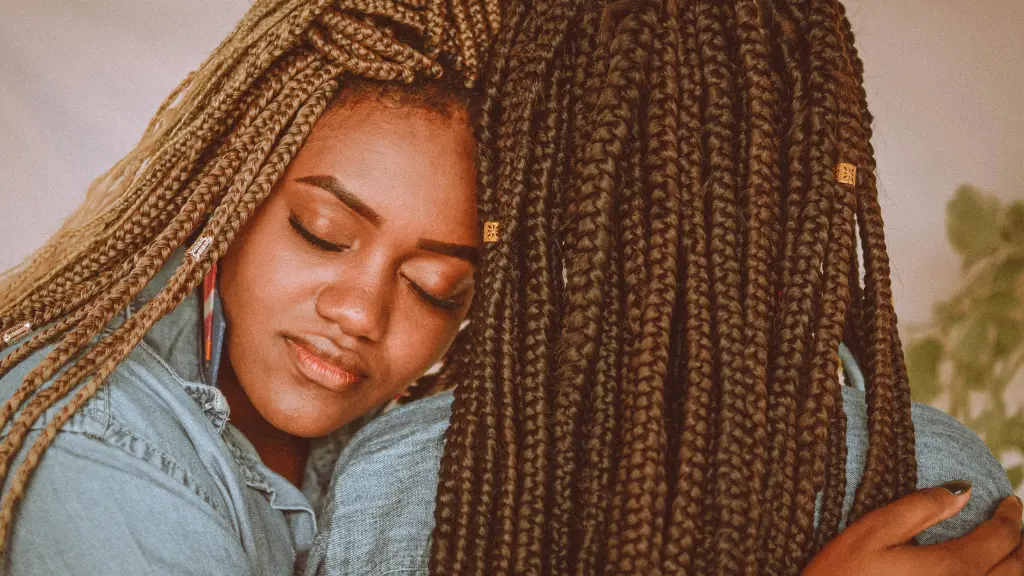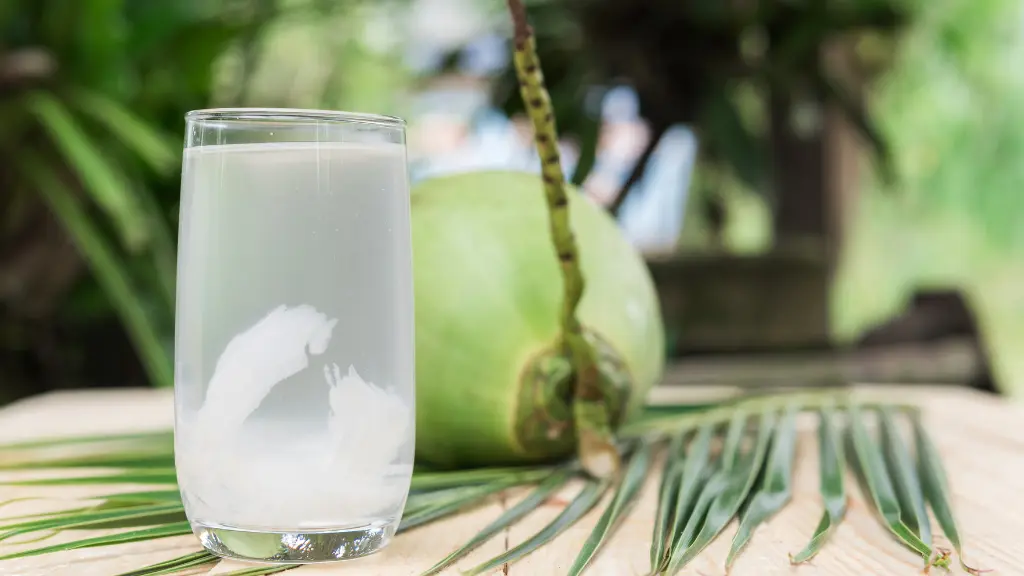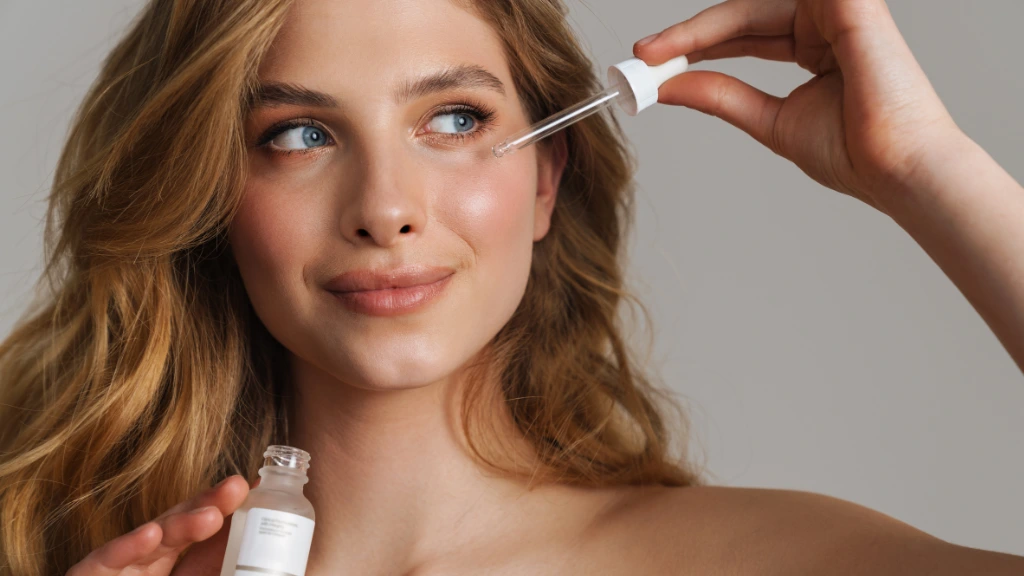Braids are a beautiful and versatile hairstyle, favored for their durability and style flexibility. However, many people experience discomfort or even pain after getting their braids done, especially in the first few days. If you’ve ever wondered why braids can hurt so much, or if there are ways to alleviate that pain, you’re not alone.
This guide covers the reasons behind braid discomfort and offers practical tips to help you enjoy your braided style without the hurt.
You May Also Like: Is Nail Polish Bad for Your Nails? Here’s What You Need to Know
1. Tension from Tight Braiding Techniques
One of the primary reasons braids hurt is because they’re done too tightly. Tight braiding techniques pull on the hair strands and the scalp, which can create tension in both the skin and hair follicles. The tighter the braid, the more likely it is to cause discomfort, as the scalp isn’t meant to endure intense pulling.
Solution:
Speak up! When you’re in the stylist’s chair, don’t hesitate to ask for a gentler approach if you feel the braiding is too tight. Stylists are usually happy to adjust their technique to ensure your comfort, as scalp health is essential for maintaining healthy hair.
2. New Hair Growth and Tender Scalps
For some people, scalp sensitivity can be more intense when they’re due for a trim or when new hair growth is pushing through. The fresh growth often makes the scalp feel more tender than usual, which can exacerbate pain from tight braids. In addition, if you’ve recently shampooed or treated your scalp, it may be more sensitive, making it more susceptible to the pressure from braids.
Solution:
Consider spacing out your braiding appointments, especially around times when your scalp feels particularly sensitive. Using a mild conditioner before braiding can help soften and hydrate the scalp, making it less likely to become irritated.
3. Braiding on Dry, Brittle Hair
Braiding on dry, brittle hair can cause friction between the hair and scalp, leading to added pain. Dry hair also tends to break more easily under tension, which can lead to both hair breakage and pain.
Solution:
Moisturize your hair with a hydrating leave-in conditioner or oil before braiding. Focus on keeping your scalp and hair hydrated to reduce friction and improve elasticity. Products like jojoba oil, argan oil, and leave-in conditioners work well to provide your scalp with essential moisture and nutrients, allowing for a more comfortable braiding experience.
4. Heavy Braids and Added Extensions
Another reason braids can hurt is because of the weight. Extensions, while beautiful, add significant weight to the natural hair. Heavy braids can strain the hair roots, leading to soreness, headaches, and even damage over time. The constant weight pulls on the hair follicles, which can lead to a condition called traction alopecia if maintained long-term.
Solution:
Opt for lightweight extensions, or ask your stylist to create smaller, lighter braids. Alternatively, consider a style that uses fewer extensions to ease the weight on your scalp. A little extra care can go a long way in preventing the strain that heavy braids can put on your scalp and hair roots.
5. Scalp Inflammation or Pre-existing Conditions
People with pre-existing scalp conditions like psoriasis, dermatitis, or even mild eczema may find braids especially painful. The added tension from braids can irritate inflamed areas, causing discomfort. This kind of pain can also be accompanied by itching or flaking, which can worsen over time if not addressed.
Solution:
If you have a sensitive scalp or any pre-existing conditions, it’s crucial to inform your stylist so they can use a more scalp-friendly technique. Avoid overly tight braids or styles that add too much tension. You can also use scalp-soothing products like tea tree oil or peppermint oil to help alleviate inflammation before braiding.
Tips for Easing Braid Pain at Home
If you already have braids and they’re causing you discomfort, there are steps you can take at home to alleviate the pain.
- Scalp Massages: Gently massaging your scalp can improve blood flow and relieve some of the tension caused by tight braids. Use light, circular motions, and avoid pulling on the braids themselves.
- Warm Compresses: Applying a warm, damp cloth to the scalp can help soothe the pain. The warmth relaxes the scalp and eases tension, making it feel less sore. Just be sure to let your hair fully dry afterward to avoid any mildew or odor.
- Anti-inflammatory Products: Certain over-the-counter treatments, such as aloe vera gel, can be applied to the scalp to reduce irritation. Aloe vera is a natural anti-inflammatory that can soothe soreness and reduce redness.
- Loosen the Edges: If the edges are feeling too tight, you can gently loosen them by using a few spritzes of water on the scalp and massaging it slightly. Be careful not to disrupt the braids, but just enough to create a bit of slack to relieve the tension.
Preventing Braid Pain in the Future
While some discomfort might be unavoidable with certain braid styles, taking these preventive steps can minimize pain and help you enjoy your braids with less hassle.
- Choose Your Stylist Carefully: Skilled stylists know how to create firm, lasting braids without causing unnecessary discomfort. Choose a stylist with experience and good reviews who can adjust their technique based on your comfort level.
- Give Your Hair a Break: Regularly wearing braids without breaks can lead to long-term damage. Consider alternating braids with other low-maintenance styles to give your scalp time to recover.
- Use Scalp Treatments: Look into scalp-specific products like peppermint or tea tree oil treatments, which can refresh and soothe the scalp before and after braiding.
- Hydrate, Hydrate, Hydrate: A hydrated scalp is less prone to irritation. Keep your scalp moisturized by using a gentle oil or spray.
- Size and Length Matter: If you experience pain with heavy or long braids, consider shorter, thinner styles that create less strain on the scalp and hair roots.
Conclusion: Embracing Braids Without the Pain
Braids are a timeless hairstyle with a rich cultural history, offering a blend of beauty and practicality. However, they can sometimes lead to pain and discomfort if done improperly or maintained without proper care. By understanding the causes of braid pain and adopting these tips, you can reduce discomfort and enjoy your braids more fully. Remember, it’s essential to listen to your body—if your braids are causing persistent pain, take a step back and give your scalp the care it deserves.










